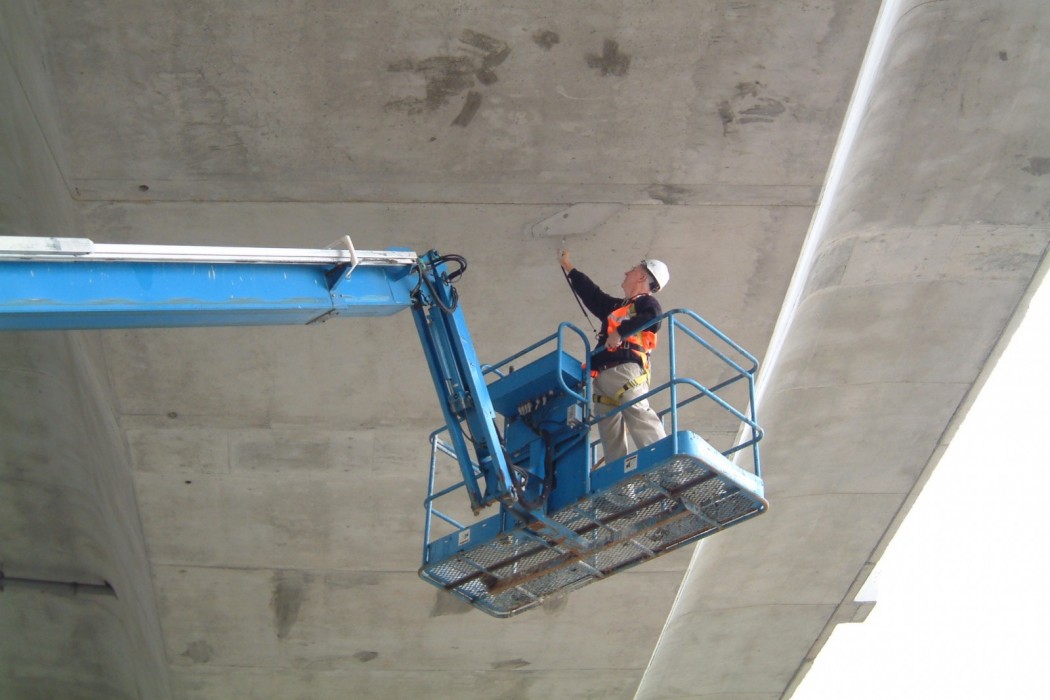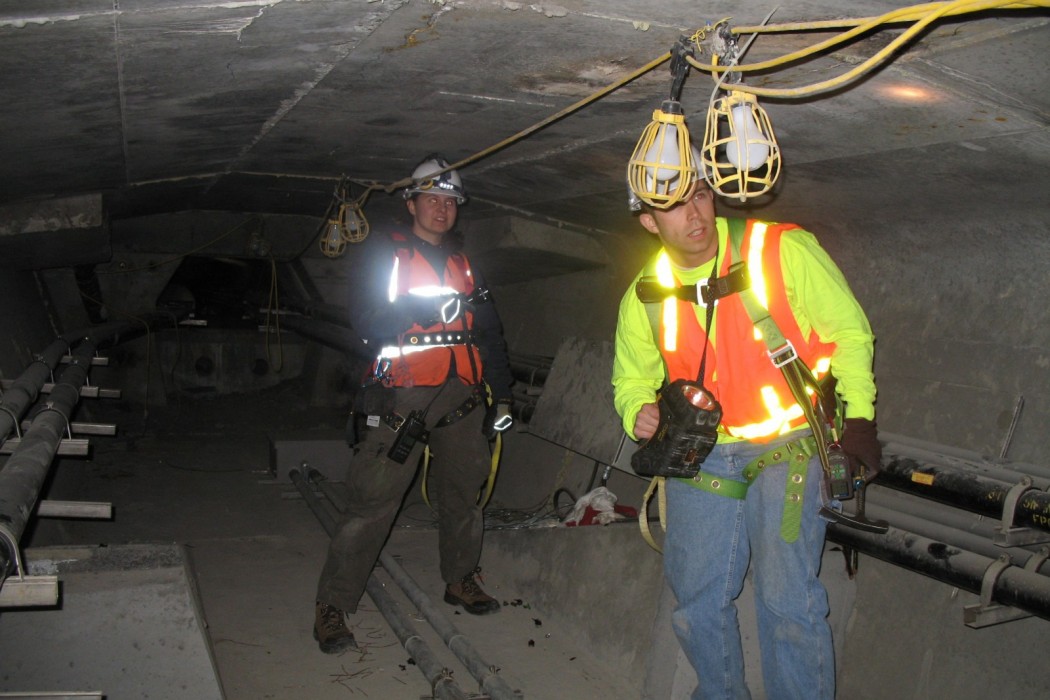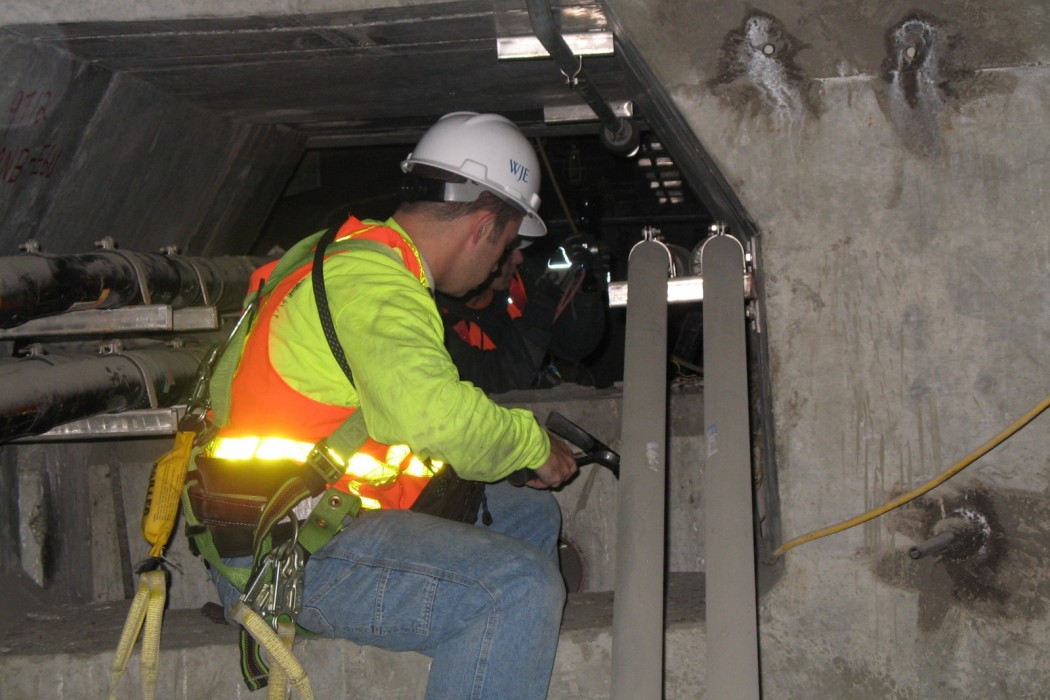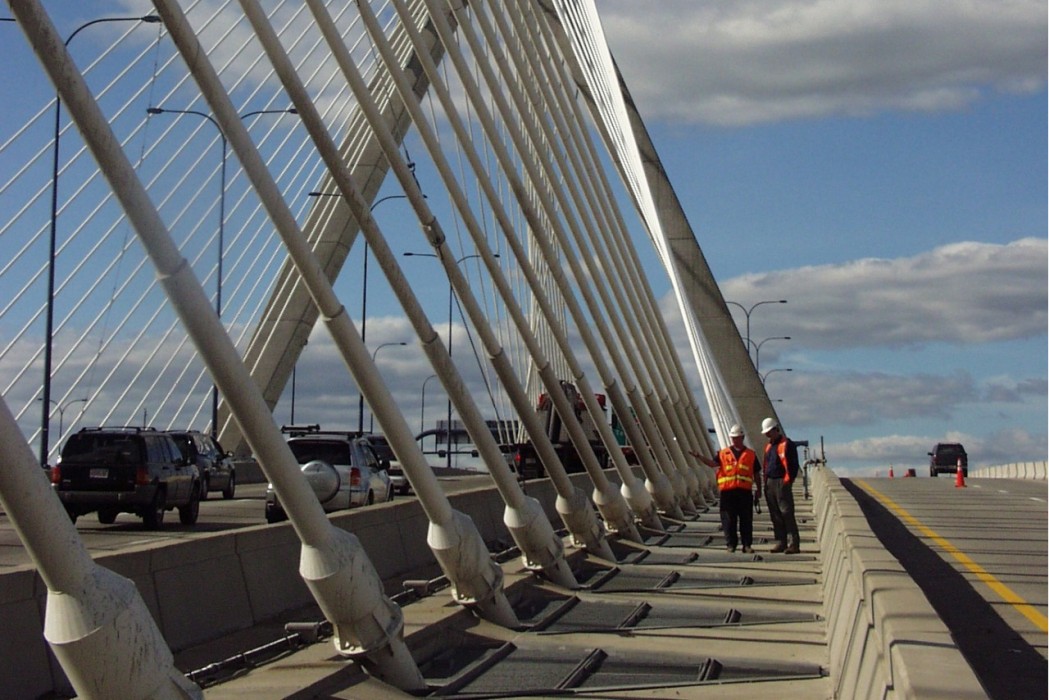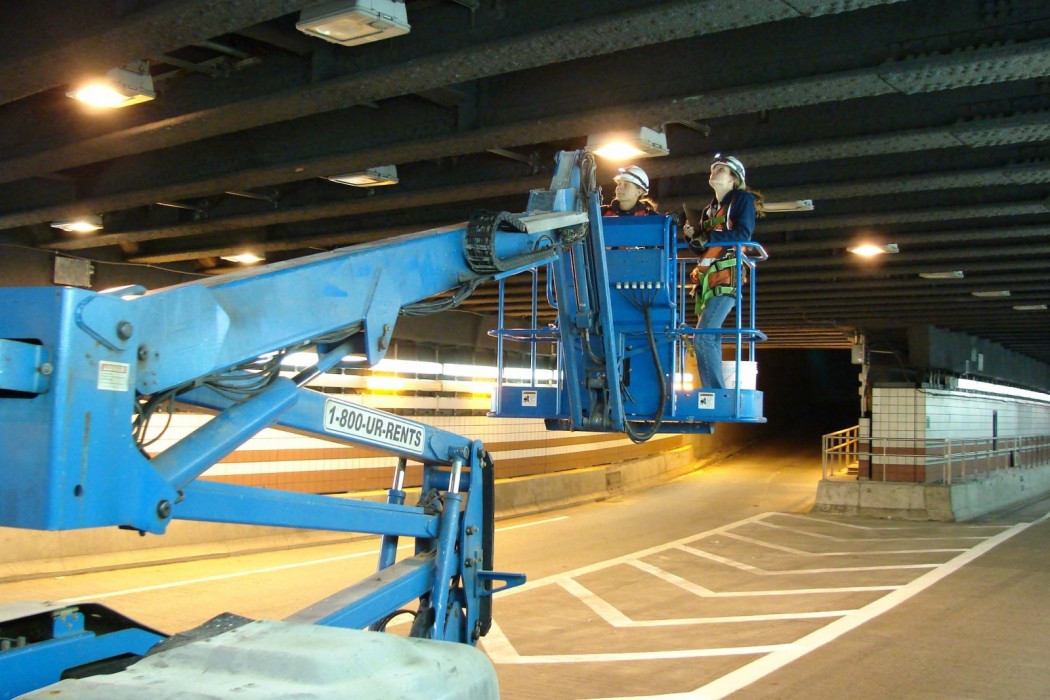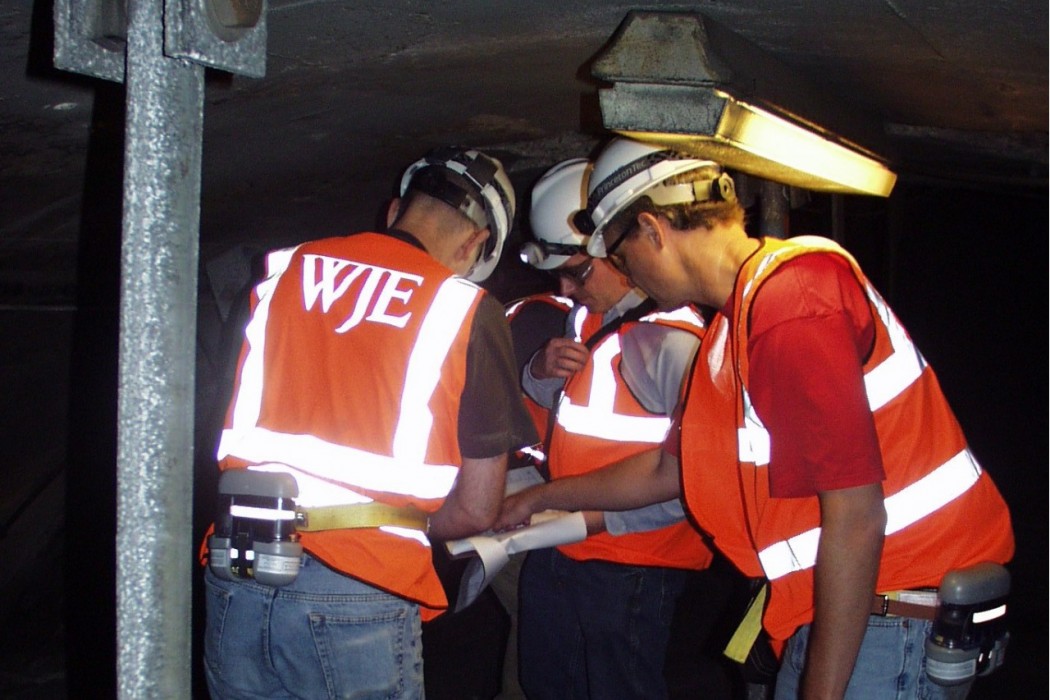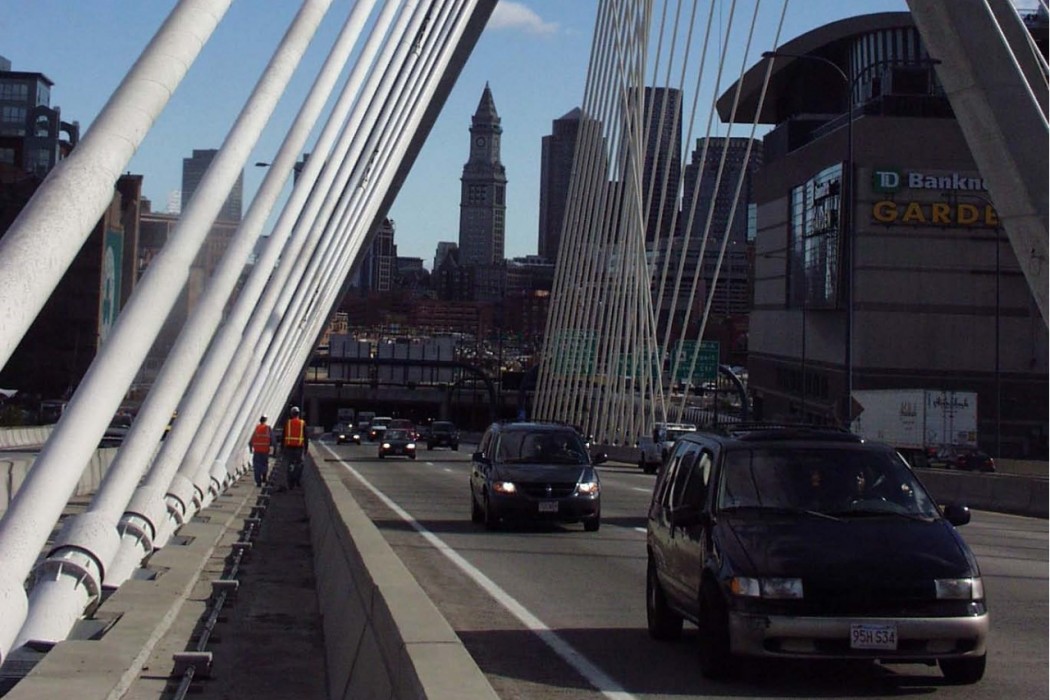WJE PROJECTS
Metropolitan Highway System

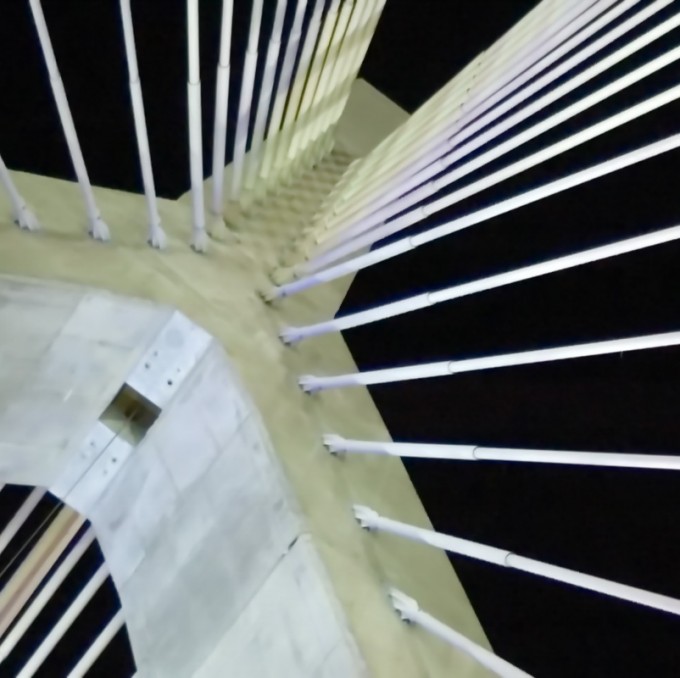
CLIENT |
Commonwealth of Massachusetts |
LOCATION |
Boston, MA |
Stem-to-Stern Safety Review
Following the fatal ceiling collapse of the I-90 connector tunnels and the subsequent discoveries of systemic problems, Governor Mitt Romney ordered, via Executive Order 474, a stem-to-stern safety review of the entire Metropolitan Highway System (MHS). The MHS includes the Big Dig and associated roadways connecting the Big Dig to existing highways.
BACKGROUND
Big Dig is the unofficial name of the Central Artery/Third Tunnel (CA/T) Project to reroute Interstate 93 through the heart of Boston into a 3.5-mile tunnel underneath the city and to extend Interstate 90 east to the airport underneath Boston Harbor. At $15 billion, the Big Dig is the nation's largest civil infrastructure improvement project, encompassing 66 lane miles of new roadways, tunnels, and structures.
SOLUTION
WJE's interdisciplinary team provided the expertise and experience to conduct an objective and thorough evaluation of the design and construction of the Big Dig tunnels and facilities. The team of WJE professionals, experienced in structural evaluation, teaming with experts in electrical, mechanical, and life safety systems, examined over 66 lane miles of roadway, tunnels, and structures with minimal disruption of normal operations and within the project delivery schedule of ninety days. WJE documented deficiencies and recommended priorities for action—from immediate repair to continued service with monitoring.
Phase I of the project consisted of a review of the Big Dig tunnel structures and finishes, including precast and cast-in-place concrete and steel-framed tunnel structures, precast concrete and metal ceiling panels, tile wall finishes, epoxied anchors, and appurtenances. WJE's work included extensive field investigations, consisting of visual inspections and nondestructive testing, with subsequent finite element analyses of critical components.
In Phase II of the project, WJE work was expanded to included evaluations of additional structures and roadways adjacent to the Central Artery Tunnel System. Specific repair recommendations and designs to address deficiencies observed in the Phase I investigations were also provided.
RELATED INFORMATION
-
 Our knowledge of bridge performance is supported by technical expertise in structural... MORE >Services | Bridge Engineering
Our knowledge of bridge performance is supported by technical expertise in structural... MORE >Services | Bridge Engineering -
 Our professionals are experienced providers of fire protection and life safety services for all... MORE >Services | Fire Protection and Life Safety
Our professionals are experienced providers of fire protection and life safety services for all... MORE >Services | Fire Protection and Life Safety -
 We have pioneered the use of nondestructive evaluation methods—such as ground penetrating... MORE >Services | Nondestructive Evaluation
We have pioneered the use of nondestructive evaluation methods—such as ground penetrating... MORE >Services | Nondestructive Evaluation



































